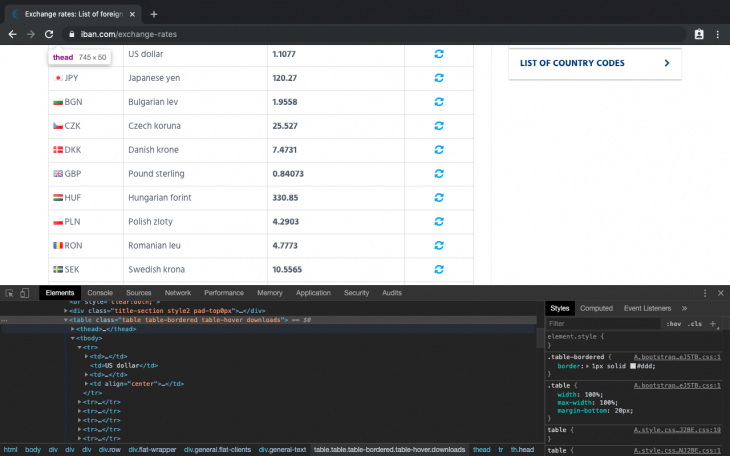
Number of runs - How many times the actor was run.Last modification date - When the actor was last modified.Title - The title visible in the actor's detail page.Unique identifier - Such as apify/web-scraper.URL - The URL that goes directly to the actor's detail page.Building our Page functionīefore we start, let's do a quick recap of the data we chose to scrape: The Web Scraper page and use our DevTools-Fu to scrape some data. Now that's out of the way, let's open one of the actor detail pages in the Store, for example This will add a context.jQuery function that you can use. To add jQuery, all we need to do is turn on Inject jQuery under the Input and options tab. Everything can be done using pure JavaScript, too. And if you just don't want to use it, that's okay.
#Build a webscraper node how to
To do that, we'll be using the jQuery library, because it provides some nice toolsĪnd a lot of people familiar with JavaScript already know how to use it.Ĭheck out the jQuery docs if you're not familiar with it. We've confirmed that the scraper works as expected, so now it's time to add more data to the results.

In the Getting started with Apify scrapers tutorial,
#Build a webscraper node code
If you haven't seen the Getting started yet,Ĭheck it out, it will help you learn about Apify and scraping in general and set you up for this tutorial,īecause this one builds on topics and code examples discussed there. Tutorial, great! You are ready to continue where we left off. If you arrived here from the Getting started with Apify scrapers, This scraping tutorial will go into the nitty gritty details of extracting data from Build an actor's page function, extract information from a web page and download your data. Learn how to scrape a website using Apify's Web Scraper.


 0 kommentar(er)
0 kommentar(er)
